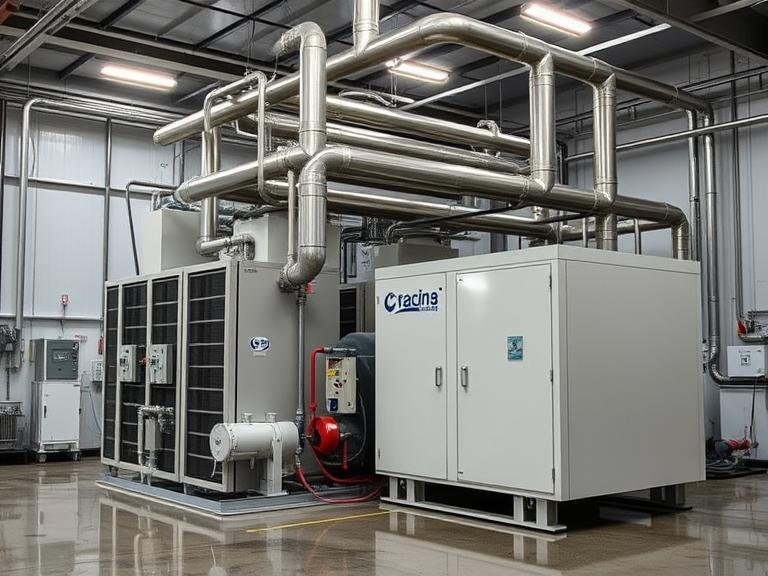
Heat vs Power: Why Hot Water Absorption Chillers Are Changing the Cooling Game
Heat vs Power: Why Hot Water Absorption Chillers Are Changing the Cooling Game
Introduction: The Battle Between Heat‑Powered and Electricity‑Driven Cooling
In today’s fast‑paced industrial and commercial landscape, cooling systems play a critical role in maintaining operational efficiency. However, with rising energy costs and increasing environmental concerns, businesses are now rethinking their cooling strategies. The choice between a Hot Water Absorption Chiller (HWAC) and a Hot Water Chiller (HWC) depends on factors like energy efficiency, operational costs, and sustainability goals.
While both systems use hot water as a cooling medium, their underlying technologies differ significantly. One relies on waste heat recovery and thermodynamic absorption, while the other depends on mechanical compression and electricity consumption. But which one is better suited for your needs? Let’s dive in. Learn about Direct Fired Chiller | See VAM Product Page | CCHP Systems | Pump Solutions
-
Hot Water Absorption Chillers: The Power of Waste Heat
Hot Water Absorption Chillers (HWACs) operate on a thermally‑driven absorption cycle, making them an eco‑friendly and energy‑efficient alternative to mechanical chillers. They work by utilizing waste hot water from industrial processes to generate cooling without requiring high electricity input.
Why Choose an HWAC?
- - Energy‑Efficient: Uses heat instead of electricity, reducing energy bills.
- - Eco‑Friendly Refrigerants: Works with water and lithium bromide instead of synthetic chemicals.
- - Minimal Maintenance: No moving compressors mean fewer breakdowns and repairs.
- - Ideal for Waste Heat Recovery: Perfect for power plants, refineries, and manufacturing units with excess hot water.
HWACs are particularly useful in industries with a continuous source of waste heat, converting what would be wasted energy into efficient cooling.
-
Hot Water Chillers: Conventional Cooling with High Power Demand
In contrast, Hot Water Chillers (HWC) operate on a mechanical vapor compression cycle, relying on electrically powered compressors to generate cooling. While they offer high cooling capacity and flexibility, they come with higher operational costs due to their electricity dependence.
Why Choose an HWC?
- - Reliable Cooling: Delivers high‑performance cooling even in power‑intensive applications.
- - Precise Temperature Control: Ideal for applications requiring stable, low‑temperature conditions.
- - Widely Available Technology: Compatible with standard HVAC infrastructure.
However, HWCs’ electricity use leads to high operational costs, especially where power is expensive or emissions matter.
-
Conclusion: The Future is Heat‑Powered Cooling
The choice between Hot Water Absorption Chillers and Hot Water Chillers depends on your energy sources, cost considerations, and long‑term sustainability goals. A facility with access to waste hot water? An HWAC is the stronger choice. Need on‑demand cooling irrespective of heat? An HWC may suit better.
As industries shift toward greener, more efficient cooling technologies, Hot Water Absorption Chillers are leading the way. If you’re aiming for smart, cost‑effective, sustainable investment, HWACs might just be the coolest choice.
Contact us for a free consultation | Visit BROAD India
